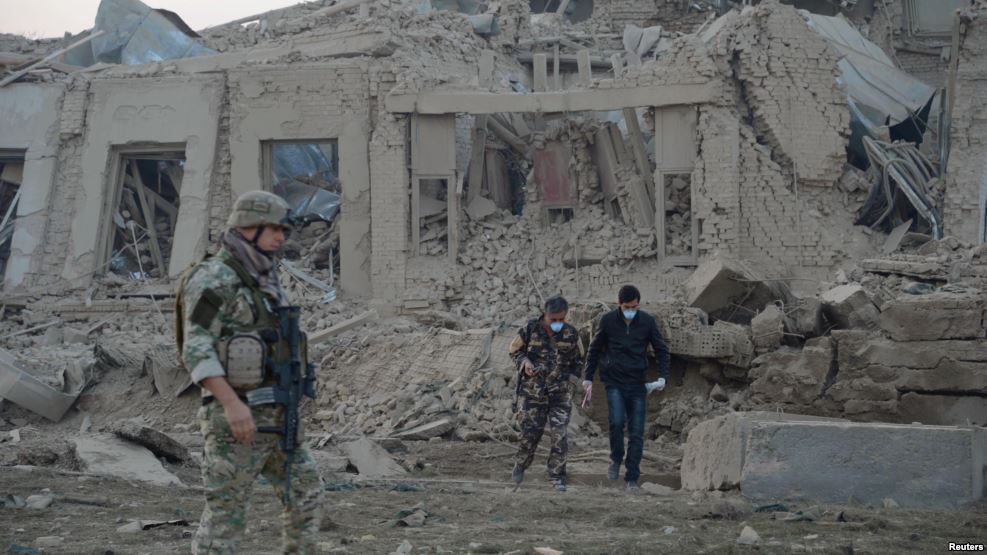
WASHINGTON (TIP): The US and its allies have made only spotty and incremental progress in the Afghan war, with overall violence declining just slightly in the past year and widespread corruption continuing to hamper the shaky government, according to a new Pentagon report. It also noted that the ongoing insider attacks, in which Afghan forces or people dressed in Afghan uniforms turn their weapons on coalition troops, “have the potential to significantly disrupt the Coalition mission in Afghanistan.” The report comes as the US Army is updating its handbook for soldiers on how to detect and prevent such attacks.
A draft of the 70-page handbook includes a pullout tip card that details indicators of a possible insider attack, such as reclusive behavior, desire for control, increased focus on violence and abrupt behavioral changes. It also reminds soldiers to be aware of cultural differences, including the need to avoid doing things in front of Afghans that are considered offensive. Troops, the handbook says, should not blow their noses, put their feet up on desks, wink, spit, point fingers at Afghans or use the “ok” hand signal, which some Afghans interpret as an obscene gesture, The handbook, titled “Insider Threats-Afghanistan, Observations, insights and Lessons Learned,” also details the more than 320 casualties caused by insider attacks between May 2007 and Oct. 1, 2012.
A recent review of the data by The Associated Press revealed that the Haqqani insurgent network, based in Pakistan and with ties to al-Qaida, is suspected of being a driving force behind a significant number of the insider attacks. Military leaders have worked to reduce the insider threat, noting that it is driving a wedge between coalition and Afghan troops, rattling the trust between them and raising questions about how effectively the allied forces can train the Afghans to take over security of their own country in 2014 and beyond. The senior US official acknowledged Monday that the US continues to be very concerned about the attacks, even though there have been fewer in recent months. The coalition forces are trying to identify high-risk groups and Afghans, and the handbook is aimed at helping them do that.




Be the first to comment